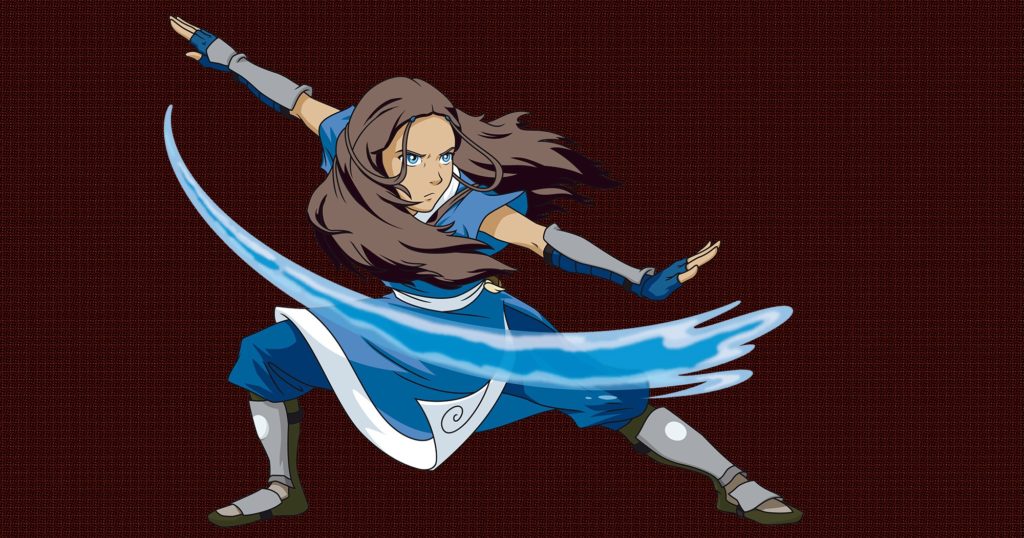Nicktoons Month! remembers when Avatar opened its veins and reminded us of what flowed inside.
Avatar: the Last Airbender and The Legend of Korra are considered two of the greatest Nickelodeon shows ever to grace the small screen. If you’re skeptical, you can go count the awards. As action stories about psychokinetic martial artists who could “bend” ancient elements like fire and water, the intensity of detail and history that went into fight sequences between benders was crucial to that success. Each bending power is influenced by a real martial art fighting style. In the case of waterbending, the power wielded by Katara of Avatar, the influence was tai chi.
The beauty of tai chi and waterbending is that both serve as defensive and healing fighting techniques. They are used as a means to push away the opponent as opposed to actively hurt them. That beauty gets shattered in “The Puppetmaster,” the episode where Katara discovers “bloodbending,” a form of waterbending that uses the blood in human opponents to control their bodies.
In the episode, Katara’s fight scene with Hama, an experienced bloodbender, teases out many of the ability’s insidious implications: contorting limbs in unnatural directions, flinging several opponents against each others’ limp bodies, or even forcing one of your opponents to murder the other against their will. And even that just scratches the surface. In theory, a bloodbender could do anything from boil all of the water in a person’s body to draining it of all its water, like Katara does to plants in the fight sequence below. It’s all pretty heavy.
But none of it is heavier than watching Katara employ this dark art herself to save her friends. When she uses it in the fight, she realizes how morally wrong it is, and how against the fundamental ideals of waterbending it is. Now would be as good a time as any to remind you that Katara is a 14-year-old—but that didn’t stop Avatar from seeing her through the entire moral arc of her actions.
Bloodbending was a big, dark deal, and watching complex characters confront moral dilemmas like whether or not to engage with it was a big part of what made Avatar and Korra so rewarding.
Thanks for reading The Dot and Line, where we talk about animation of all kinds. Don’t forget to ❤ this article and follow us on Twitter and Facebook.
